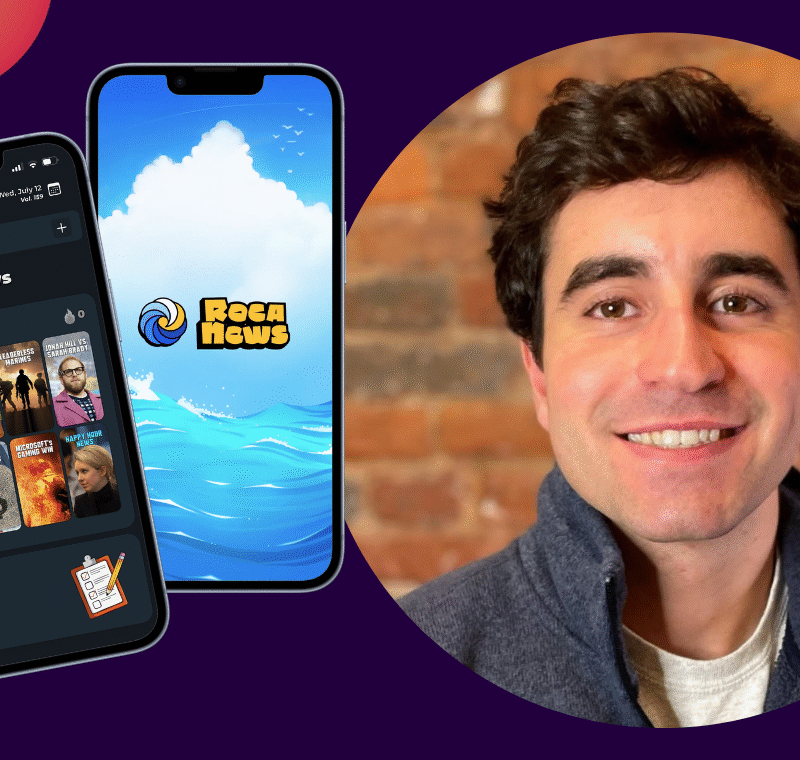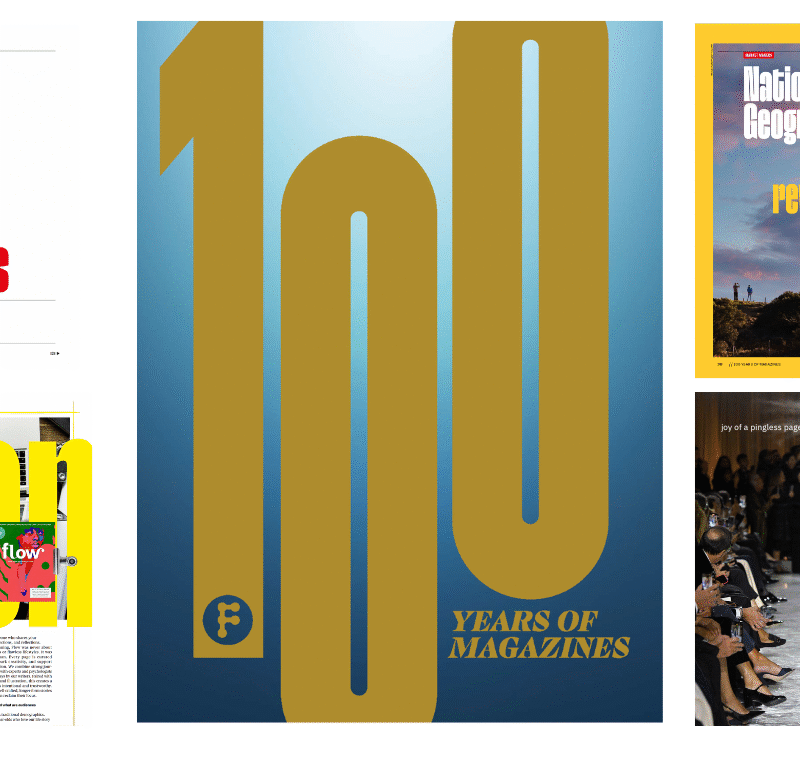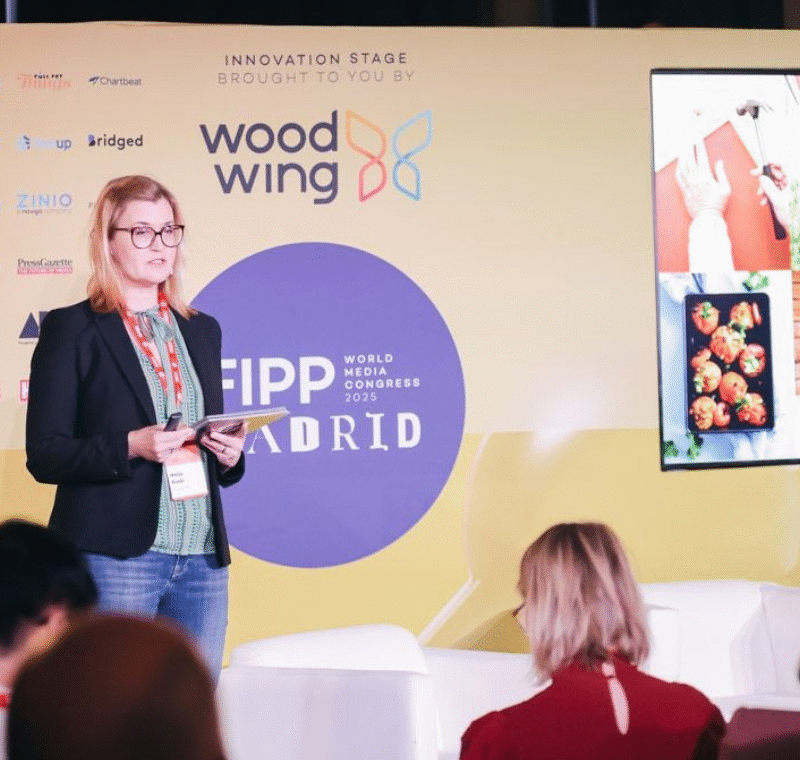The New York Times: Building Connection and Trust with Independent Journalism through Product Development
At the core of the success The New York Times has enjoyed over the last 174 years has been a determination to move with the times to best serve its readers.
“Our hope is to have a dynamic and interconnected product experience that strengthens relationships, reinforces trust and improves our essential value,” said Jordan Vita, VP Product and Storytelling, The New York Times, as she chronicled the brand’s evolution at the FIPP World Media Congress.
“Our belief is that it requires a relentless commitment to keep evolving, aiming to build connection between our journalism and with the world’s curiosity.”
Vita explained that The New York Times sees its content as a solar system. “Our core news product is the sun. It’s the gravitational centre of our universe,” she said.
“It’s the reason we exist, obviously, and it draws tens of millions of people to us each week. It drives really deep engagement, and it powers the majority of our subscription and ad business.
“Our lifestyle products – Games, Cooking, The Athletic and Wirecutter – are the planets in that system. They orbit our sun, powered by the trust and authority of our core journalism.”
Over the last few years The New York Times has been working to transform every one of these orbiting ‘planets’, aiming to make them more essential and relevant.
For instance, with Games, the brand evolved from a simple crossword app into a vibrant hub for daily play. It also acquired Wordle and created new hits like Connections and Strands.
“It’s no longer just entertainment, but it really becomes a daily ritual of joy and community,” said Vita.
With Cooking, The New York Times turned its huge recipe archive into a product that supports home cooks at every level. “It’s a beloved companion for millions of people, and it’s built on the trust that our recipes are tested, accurate and delicious,” added Vita.
With The Athletic, the brand welcomed a new kind of sports journalism with deep, team-specific local coverage powered by the best writers in the field to earn the trust of diehard fans.
Wirecutter, meanwhile, applies the standards of NYT journalism to help people make smarter decisions about how they shop and features recommendations that are rooted in deep research and not clickbait.
“Each of these products is helping to deepen connection and trust with our audience through joy, reliability, expertise and utility,” said Vita.
Strengthening the core
As these planets have thrived, the core of content at The New York Times has faced renewed challenges.
“The news product, the sun in our system, is once again facing a potentially existential challenge to its relevance,” Vita said.
“The platforms are pulling back, AI content is everywhere, trust is eroding, and our readers are really moving faster than we are. The news product is the product under the most pressure to evolve. And for the past three years, that’s been my team’s mission.”
Vita and her team have strived to transform the core news product from a single, monolithic feed to a much more dynamic destination for beat reporting, breaking news, opinion, culture, wellness and more.
“It’s all with the goal of really deepening engagement, building more connection, and maximising the value for our audience,” added Vita.
“Audiences expect information to be instantaneous and constantly updating. They’ll go wherever the news is fastest, but they desperately need a place where the news is both fast and accurate.
“So, we’ve built the tools and infrastructure to make our live blogs a go-to authority for breaking news – an experience that allows our journalists on the ground to provide real-time continuous updates as a story unfolds.”
The New York Times is also trying to make its content more visual. “In an attention deficit economy, complex stories need to be able to be digested quickly,” said Vita. “Digital audiences demand immersive visual storytelling that accelerates comprehension.
“So, we now lead our biggest stories or package them with vertical video, immersive photography, and interactive graphics to help people understand the scale and the impact of the events on the ground.”
“We’ve been investing over the past couple of years in a range of formats that allow more journalists to easily include visuals into their reporting. We really believe that when people can see the story, they connect much more viscerally to it.”
One of the top priorities at The New York Times is making its news more accessible. This past summer, the brand launched its redesigned Listen tab and a new Watch tab this week – a standalone, swipeable stack of videos that showcase the breadth and expertise of its newsroom.
“We want to meet our audience where they are, giving them more ways to engage with us and build a relationship with us,” said Vita. “I think we’ve long been a leader in text, photo and data journalism, but over the past couple of years, we’ve been working hard to establish that same authority in audio and video.”
AI and becoming more human
The New York Times has turned to AI to enable users to listen to more articles. The move does not replace journalists, but ensures that reporting is accessible to anyone, anywhere, anytime thanks to articles being narrated.
The brand is also trying to become more human – actively investing in new ways to deepen how journalists engage directly with readers, making content more approachable and transparent.
The New York Time is further striving to make its reporting more participatory. “News is becoming more communal. It’s not a solitary action, but it’s something people want to discuss, share, and debate immediately after consuming it,” said Vita.
“And we also feel like people are starting to process and understand the news by how other people are reacting to it. So, we’re creating more ways for leaders to participate directly in our news product. We’re investing in a new comments platform to foster safe, but insightful dialogue about the news.
“We’re also experimenting with bringing those conversations much more front and centre in our news experience. In culture and lifestyle coverage, we’re inviting audiences to weigh in, to create their own ballots, share opinions, and connect with one another and end with us around the books, the movies, the television shows, the restaurants they loved or maybe hated.
“All of this, again, is part of our larger effort to reimagine how you can participate in the news and build that trust and connection.”







